The ageing nuclear arsenal of the United States heralds a disaster in the making
America's nuclear reactors are getting old. Most reactors which operated in the early days are still active today. The oldest one opened in 1969 and the average age of the reactors in the country is nearly 40 years which is considered too old for sensitive nuclear reactors.
Ten years ago the Fukushima meltdown triggered a flurry of media coverage, raising alarms within the US about the decrepit reactors and whether they are safe enough.
The US government appears to be on the verge of losing control of its nuclear resources, and it wouldn’t be the first time.
The Three Mile Accident
It was the first step in a nuclear nightmare, as far as we know at this hour, no worse than that, but a government official said that a break down at an atomic power plant in Pennsylvania today is probably the worst nuclear reactor accident to date.
There was no apparent serious contamination of workers, but a nuclear safety group said that radiation inside the plant is at eight times the deadly level so strong that after passing through a three foot thick concrete wall, it can be measured a mile away.
CBS TV Host, Reporting Three Mile Island Meltdown
The ageing nuclear plants and nuclear arsenal of the United States
A serious nuclear weapon incident could also be just around the corner and the Pentagon even has its own phrase for it: Broken Arrow.
There have officially been 33 Broken Arrows in the history of the United States, a number which could be far greater in reality. So what are the risks facing the nuclear sector, and should we be worried?
Ten years ago the Fukushima meltdown triggered a flurry of coverage, raising alarms within the US about the decrepit reactors, and how they may function in the face of a malfunction in the reactors and, most importantly, whether they are safe enough.
More than ever before nuclear technology seems to be on the verge of slipping out of the US government's control.
The catastrophic aspect of nuclear energy has been there from the onset, Project Trinity potentially came close to a catastrophe in 1945 in the desert of New Mexico when a lightning storm occurred as a bomb was sitting on top of a tall steel tower.
What are some of the general dangers of having nuclear infrastructure this old and outdated in America?
Well, they're very similar to the dangers of brand new reactors. They're all confronting living things with the very same dangers they emit liquid, and gaseous radioactivity, on a regular basis.
They’re allowed to do this by permitting, governments permit nuclear reactors to emit radioactive gases Krypton, Xenon and Tritium, daily, in order to regulate the temperature, the heat, and the pressure inside these units.
John LaForge, NukeWatch, Co-Founder
After World War II the US nuclear powers shifted mostly from nuclear warfare to the Cold War, and ultimately towards energy production.
President Eisenhower championed the cause and attended the opening of the first plant near shipping point Pennsylvania.
Adding radioactive materials to the environment means that it ends up in the air, in the water, in the soil, ultimately, in the food chain.
Other dangers include, as you mentioned, with old reactors you have the problem of parts wearing out, equipment being badly or intermittently or inadequately inspected and replaced if need be.
And so, the failure rate of parts and equipment in reactors increases as they age, the rate of failures goes up.
John LaForge, NukeWatch, Co-Founder
Many more power plants followed in the 1960s, although most of them were for experimental or training purposes and shut down within a few years.
A slew of new plants, however, popped up in the late 1960s, as well as the 1970s and 1980s.
What is the impact of outdated nuclear plants on an environment already reeling from the effects of climate change?
Every problem that you have with nuclear power, or you have had with nuclear power, was the direct result of human error. If you follow the procedures and follow what has been dictated to in the operation, the operation will go very smoothly.
The nuclear power plant is built with many, many, many layers of safety and precaution. And because of that it is very important.
The nuclear power plants operating today in United States, or, in majority of the countries in the world are of the older generation where we were still learning how to build, what to build, and how to operate.
Behrad Nakhai, Nuclear Scientist, New York
One of the most concerning aspects of the US nuclear energy is the infrastructure, the wiring and computers and the launch control centers that still rely on eight inch floppy disks.
After all, creating complex technological systems is one thing, and managing them another.
Now with all the potential dangers that they carry, nuclear power plants supply about 20% of the electricity for the US power grid, although almost all of them were built decades ago. Looking at the plants today makes one think of a vintage movie set.
Are old reactors in the United States doomed to end in failure? What might the fate of those reactors be?
Reactor meltdowns caused by earthquakes, tsunamis, other weather events like hurricanes, tornadoes and quakes that threaten to shut off the cooling of these machines, resulting in overheating, meltdown and then the broad and disastrous dispersal of highly radioactive material cesium 137, iodine 131, strontium 90, and other highly radioactive materials that cause so much cancer and other immune disorders.
John LaForge, NukeWatch, Co-Founder
Nuclear plants not only produce radioactive waste but they are also vulnerable to a nuclear meltdown. A backup power failure could simply prevent water pumping used to cool the radioactive fuel rods, leading to a disaster.
The fuel could heat up rapidly and since these reactors operate at high pressure, there can be explosions from all this excess heat.
The fuel itself is toxic and has to be stored underground for thousands of years. One can only extract about 4% of the energy of uranium, and the remaining 96% is waste.
The nuclear power plants need upgrading today in United States or in the majority of the countries in the world, operating older generation [ nuclear reactors] where we were still learning how to build, what to build, and how to operate.
All these nuclear power plants are maintained, revitalized, changed continuously, every two years. So the plant that was built 30 years ago can get a licence to run [for] another 30 years.
Behrad Nakhai, Nuclear Scientist, New York
Many experts and activists believe that Washington urgently needs to transform its regulatory framework, its culture and its infrastructure related to nuclear operations.
According to some estimates, the US will spend about $188 billion from 2021 to 2030 in order to modernize nuclear weapons and delivery systems.
We cannot do destructive testing of a nuclear power plant. We should rely quite a bit on the operating experience for different parts of the plan, and the IAEA should spearhead that. To get into operation with the countries to have a safe nuclear power plant, rather than trying to politicize it.
Behrad Nakhai, Nuclear Scientist, New York
The US is set to spend some $175 billion toward modernizing a strategic nuclear triad and $13 billion to modernize its tactical nuclear weapons and delivery systems.
So where do US politicians, both liberals and conservatives, stand when it comes to closing the country's old nuclear power plants?
In the US, the pro nuclear lobby is very, very, rich and very powerful. So at the moment the Congress is considering a bill that would spend $50 billion to prop up and give financial support to old reactors instead of shutting them down.
The other thing the Nuclear Regulatory Commission has been doing is increasing the allowed lifespan of nuclear reactors; every single one in the United States was built to last 40 years.
The NRC has uniformly and repeatedly given 20 year licence extensions to reactor operators all over the country.
John LaForge, NukeWatch, Co-Founder
The old and decrepit technology in the US nuclear sector means that there's always the possibility of an unexpected accidental launch firing, detonation, theft or loss of nuclear weapons or facilities.
To date eight US nuclear weapons have been lost and, shockingly, never recovered.
You have inadequate maintenance and inspections; you have cutbacks because of economic problems with the cost of electricity and reactor operators cutting back on inspections.
You have corrosion of particular parts, because of the corrosive materials inside these ageing units that also weaken and degrade the parts. Ultimately you have [the] possibility of loss of offsite power as happened in Louisiana just recently as a result of a hurricane. off site power to the Waterford reactor in Louisiana was cut off so that meant, ... This was after the power went out altogether that electricity to re circulate the cooling water was halted.
John LaForge, NukeWatch, Co-Founder
The United States military misplaced at least eight nuclear weapons permanently during the Cold War. The so called stray nukes are said to have a combined explosive force 2200 times the bomb the US dropped on Hiroshima at the end of World War II.
Nuclear power programs in all these countries were initiated in order to provide plutonium for nuclear weapons. It was just a production source, a source of plutonium, because the operating of a nuclear reactor using enriched uranium for fuel produces plutonium.
The consequence of bombarding this uranium inside a reactor with neutrons creates plutonium inside the fuel rods.
Spent fuel rods are then removed and replaced with fresh ones after a time. … the used, highly radioactive, fuel rods can be treated chemically in these giant factories, chemically treated to extract the plutonium for weapons.
John LaForge, NukeWatch, Co-Founder
The US has nearly 5000 nuclear warheads with silos in North Dakota, Wyoming and Montana, while the country is short of skilled personnel tasked with safeguarding the deadliest objects known to man.
This dangerous combination of ageing nuclear plants, industrial cost cutting and reduced safety oversight, could come at a great cost, not only for Americans, but for all of humanity.
The problems with the environment have to do with people, and the animals that live nearby. Many times, studies have repeatedly shown that the effects of these emissions on populations near reactors, is an increase in cancer and leukemia, especially in young people.
John LaForge, NukeWatch, Co-Founder
The US government needs to immediately address deficiencies in its oversight of nuclear reactor safety. At a June 2019 meeting, Nuclear Regulatory Commissioner, Jeff Barron, elicited from the staff that the number of sudden reactor shutdowns saw a nearly 20% increase, and rose from 39 in 2017, to 46 in 2018.
Problems with older reactors, as I mentioned, tend to increase as they age and so the impact on the environment is many-fold it involves the, as I mentioned, the emission of radioactive gases and liquids.
The problems of maintenance and upkeep and the environment around these nuclear reactors, ends up to be more heavily contaminated with radioactive materials than areas that don't have active or operating reactors.
John LaForge, NukeWatch, Co-Founder
The US has many nuclear weapons and facilities but appears incapable of taking care of them properly. The US narrowly avoided a catastrophic disaster when two Mark 39 Hydrogen Bombs were accidentally dropped over Goldsboro, North Carolina, on 23rd January 1961.
Politicians are indebted to the nuclear lobby, which Professor Judith Pasternak showed spends hundreds of millions of dollars every year; her study was published in 2010. With her students, she found that the companies that run reactors and the unions that support the workers in these plants spent $600 million dollars lobbying between 2008 and 2009.
John LaForge, NukeWatch, Co-Founder
In the 1961 incident a Boeing B 52 Stratofortress carrying two three to four megaton Mark 39 nuclear bombs broke up in midair dropping its nuclear payload in the process, near Goldsboro North Carolina.
The bombs miraculously failed to explode.
But there are still those who defend the nuclear sector as a source of clean energy, arguing that more nuclear plants should be built in America.
Eventually, the hope is that the United States, because of the pollution and because of the climate changes will come around and build reactors. the mentality towards nuclear power in The United States has been changing quite a bit during the recent years.
Whether conservative or liberal, more and more [people] are realizing that and may respond to the problem and challenges of climate is the nuclear power plant, and it's more than coming back in the fold, and the people's attitude towards nuclear power plants are changing.
Behrad Nakhai, Nuclear Scientist, New York
The US nuclear power industry is facing major challenges; the nuclear reactor fleet is getting older as the sector faces competition from other cheaper and safer sources of energy from the sun, the wind, as well as gas.
More intensive monitoring and preventative maintenance are therefore required for them to operate safely.
The way that industry calls it safe and reliable and carbon free, all these things are preposterously wrong, and they're demonstrably provably wrong. We know from disasters at Three Mile Island, Chernobyl and Fukushima that none of these reactors are safe. Because of power outages, sea level rise, sea level surges during horrific storms.
These reactors aren't reliable, and of course the mining and milling of uranium production of fuel, the building of reactors that involves hundreds of millions of tons of cement can be considered carbon free for a minute.
John LaForge, NukeWatch, Co-Founder
After all, ageing related failures could result in catastrophes that even US adversaries, such as Russia and China would not want.
What is the relation between the US nuclear sector and its rivalry with other nuclear-powers, such as Russia?
In the nuclear power plant technology, there is no rivalry based on technology, the rivalry only comes based on each country's financial interests.
There are around 440 nuclear power plants operating around the world, about 93 of those are operating in the United States, about 56 in France, about 50 in China, about 38 in Russia, and about 33 others ... it really amounts to, number one, technical capability of designing, building, and operating after nuclear power plant, and two, whether financial part justifies [sic].
Russia has the ability to build more, but because of the oil and gas that they have, they only build nuclear power plants when they need it.
Behrad Nakhai, Nuclear Scientist, New York
US nuclear power plants have been playing an important role in US energy production, but they remain old, dangerous and unsafe, there is not enough supervision of these plants and many US activists believe they're like ticking time bombs, particularly with so very little inspection from nuclear watchdogs such as the International Atomic Energy Agency (IAEA).
Inability to convey the information about the safety of the new nuclear power plant, other countries are ahead of the United States, for example, China is ahead.
France is thinking about the new reactors, the United Kingdom is studying the new reactors, and many other countries are actively studying and building new reactors.
Behrad Nakhai, Nuclear Scientist, New York
Some of the nuclear plants in the US are currently working beyond the licence granted to them by the US government itself.
Who are the victims suffering from the repercussions of old nuclear plants and what role should nuclear watchdogs, such as the IAEA, play?
None of the older reactors, whether in the United States or any other country are of any danger if the management follows the rules, follows the procedures for the operating of the plant.
The IAEA has two very important roles that often, due to bending to political will, it does not perform exactly.
Number one is to provide help to every country around the world that wants to use peaceful nuclear power plan. The IAEA is not doing that effectively now, it should get more into that.
Number two, it should provide a varied bank of information about the operation of nuclear power plants around the world.
Behrad Nakhai, Nuclear Scientist, New York
The US ability to protect American nuclear facilities from terrorist attacks is also on the decline, which could potentially expose them to rogue elements, raising the prospect of a reactor core meltdown and the subsequent release of radiation to the environment.
Just in the year 2018 more than 100 security violations at nuclear facilities were officially reported, an alarming figure.
We also need to educate the lawmakers, parliamentarians, the politicians and other government officials about these hazards. We need to work locally with city and municipal council members, especially in the areas where they have operating nuclear reactors, or nuclear facilities like a reprocessing plant, for example, or a fuel fabrication site or potential uranium mining.
We need to connect with other movements as well like campaigns against gun violence, climate change, and campaigns for racial justice, justice and indigenous people’s rights, diversity in political life.
All these groups or campaigns are relevant to challenging the status quo here. We need to disrupt also the dominant narrative about nuclear power.
John LaForge, NukeWatch, Co-Founder
Many experts highlight the increasingly significant necessity for the appropriate level of oversight, not just by American, but by international organizations such as the IAEA.
Hamas thanks Iran, Resistance Front following achievement of ceasefire in Gaza
'Capitulation': Israeli officials and media concede Gaza defeat as truce unfolds
'Gaza has won': Social media users react to ceasefire with mix of relief, joy
Iran seeks South Korea’s assistance for AI, fiber-optic projects
VIDEO | Iran's 'Eqtedar' (Power) maneuver
Israel hits HTS military target in Syria for 1st time since fall of Assad
VIDEO | Press TV's news headlines
Israel has slaughtered 13,000 students in Gaza, West Bank


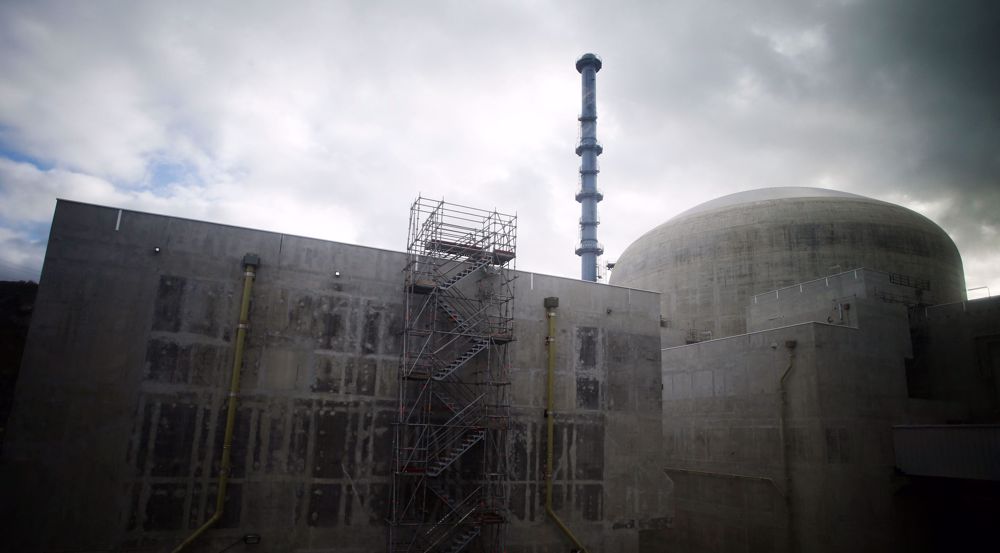
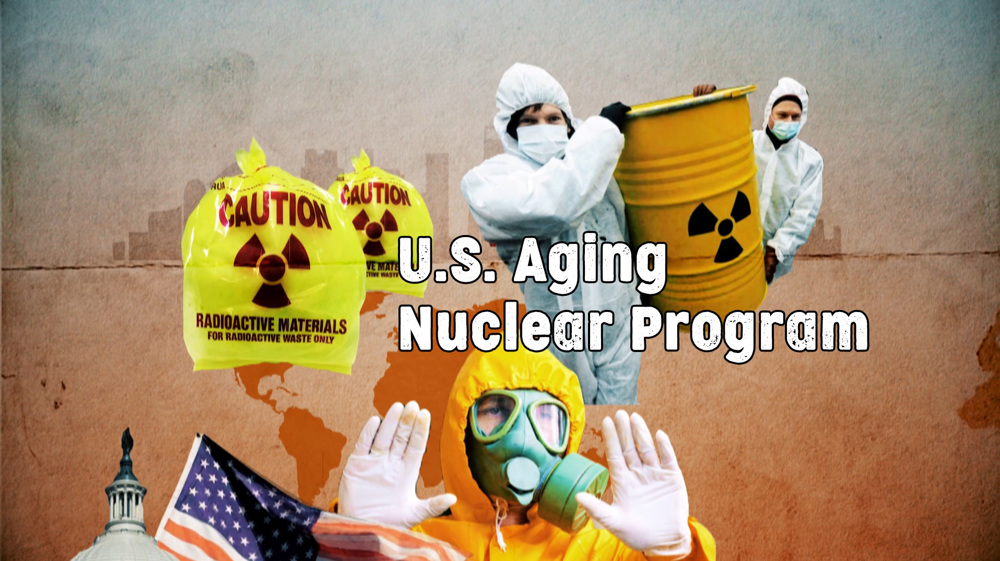
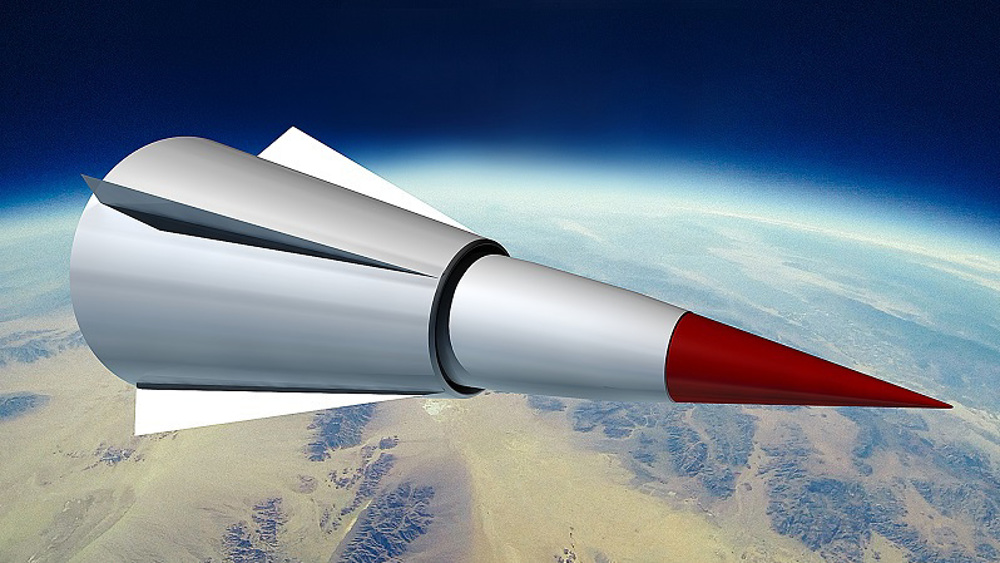
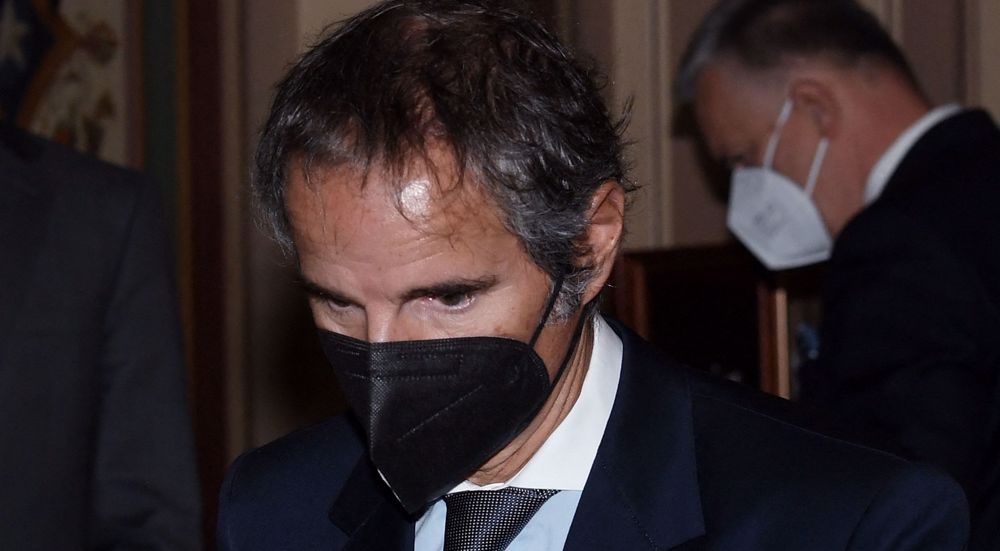


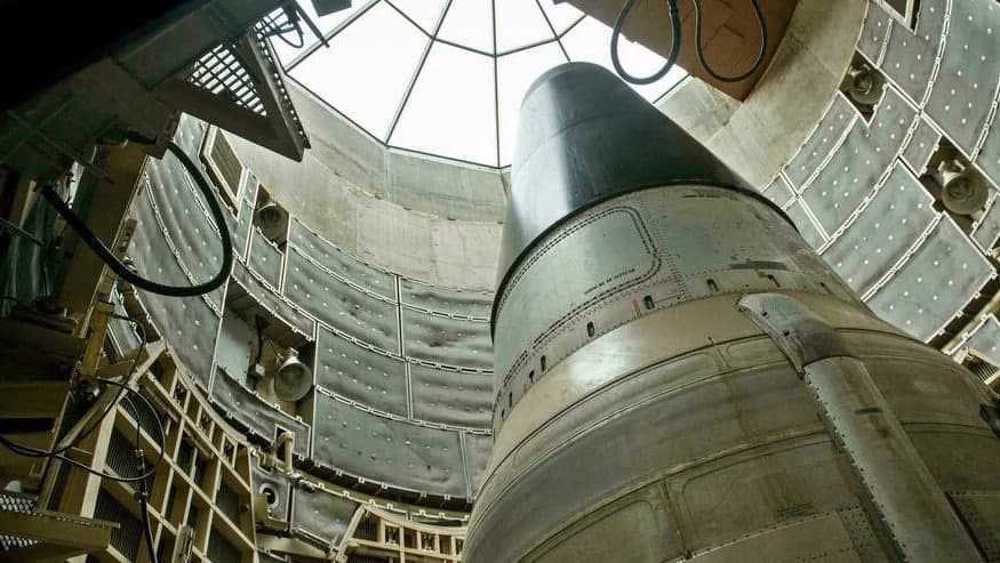
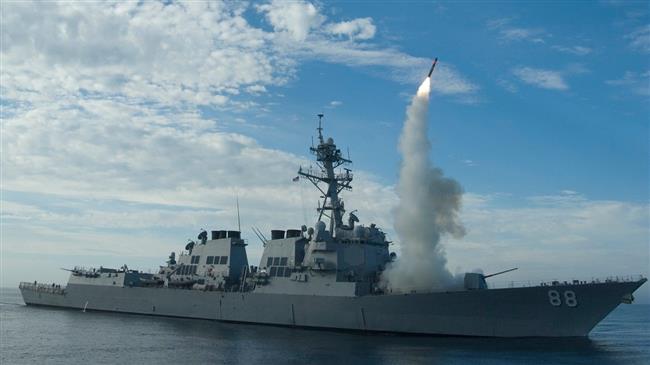

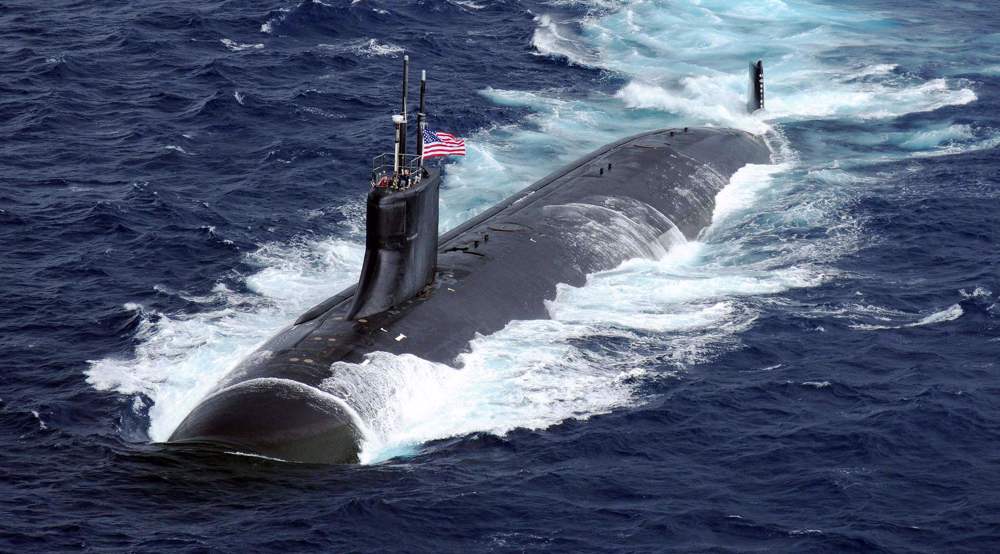
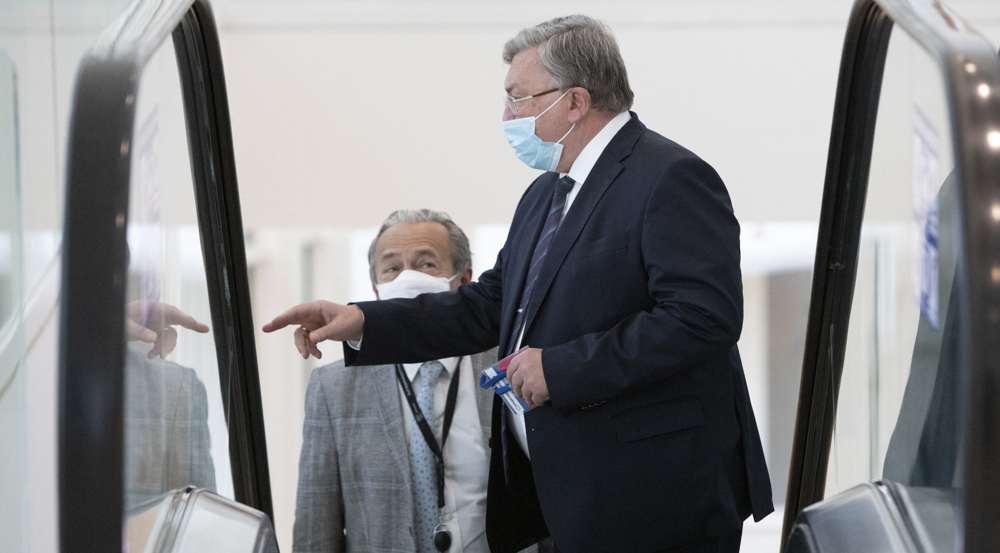
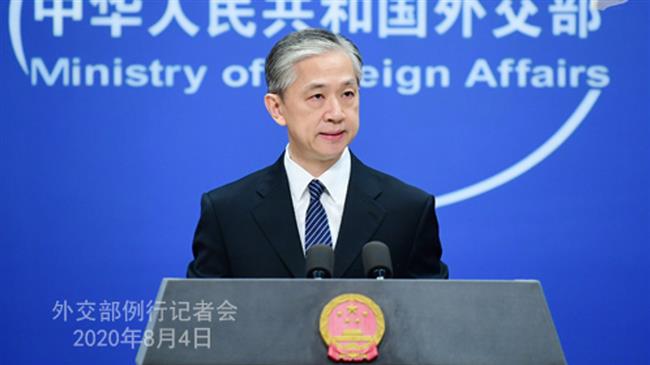
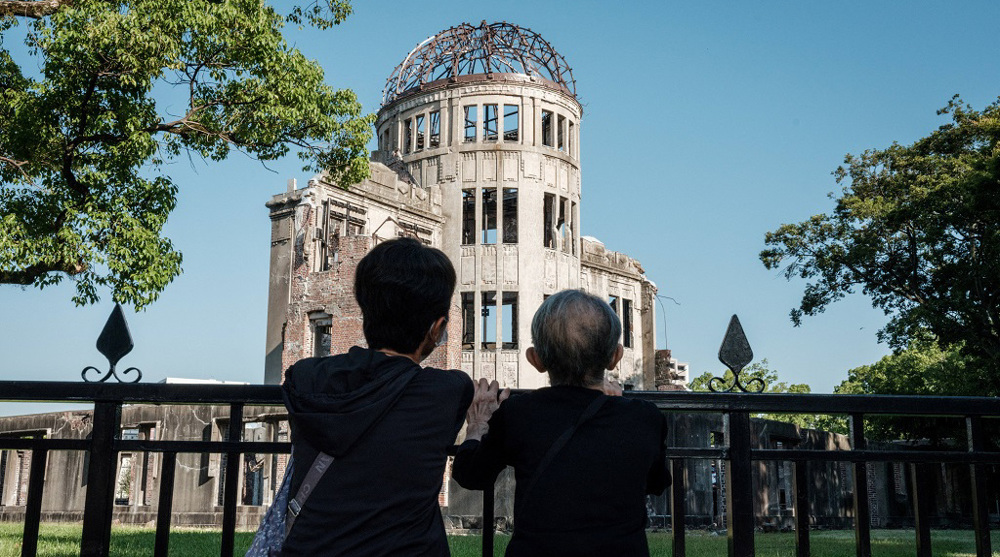


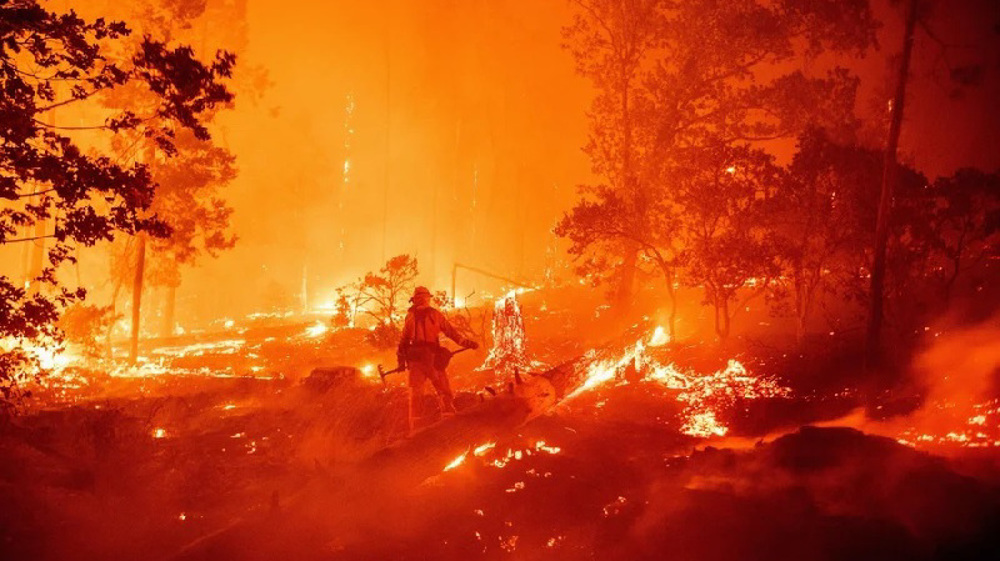



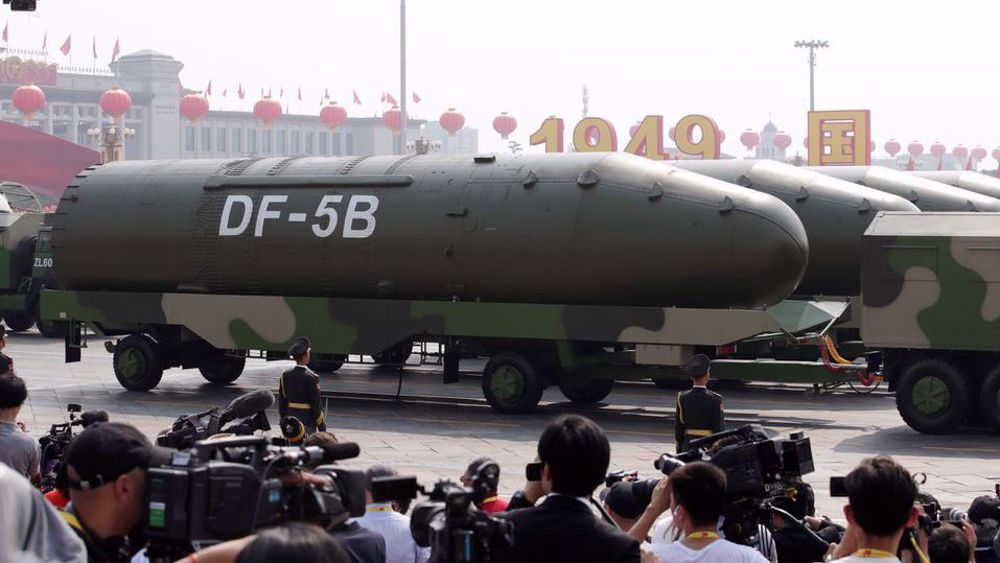
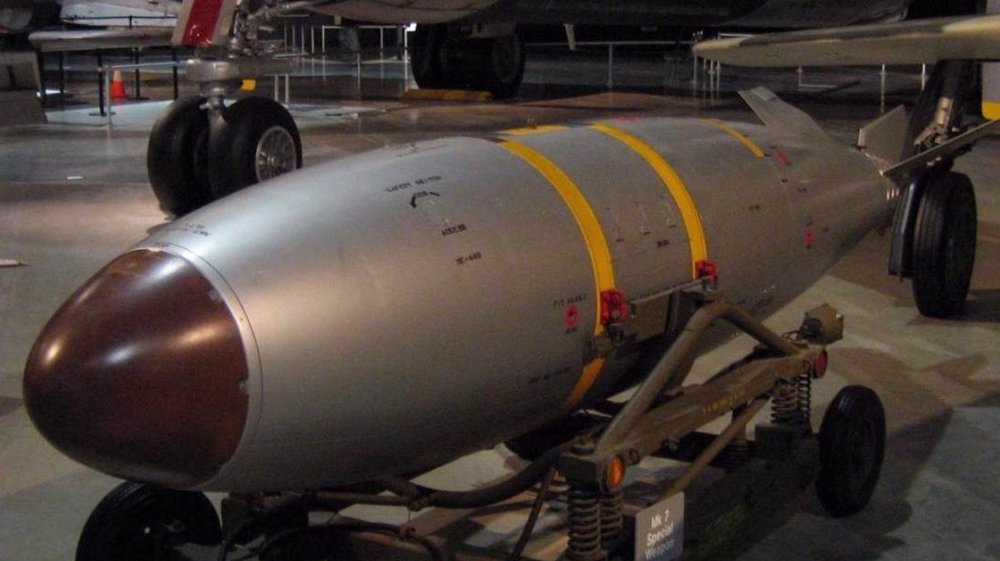
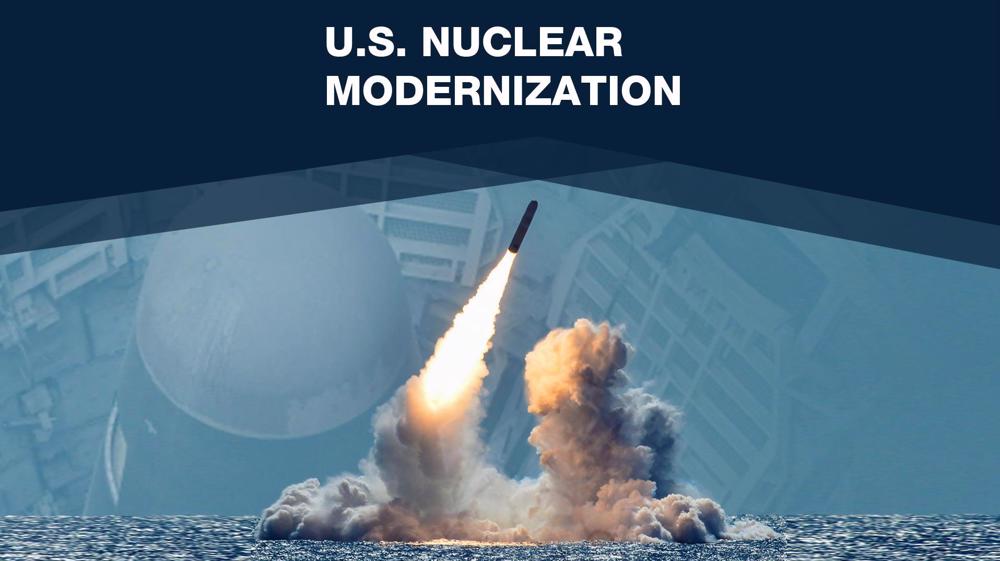
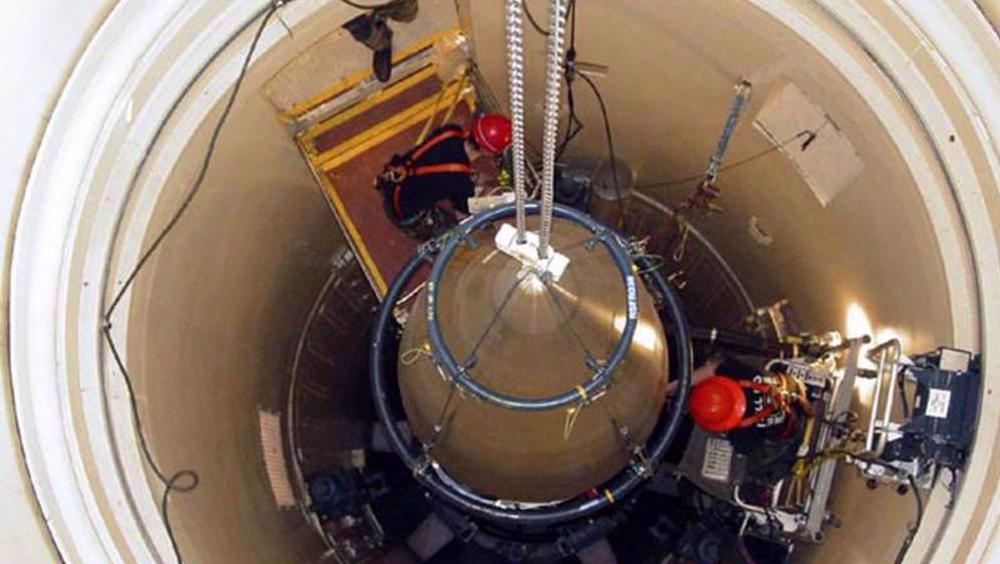
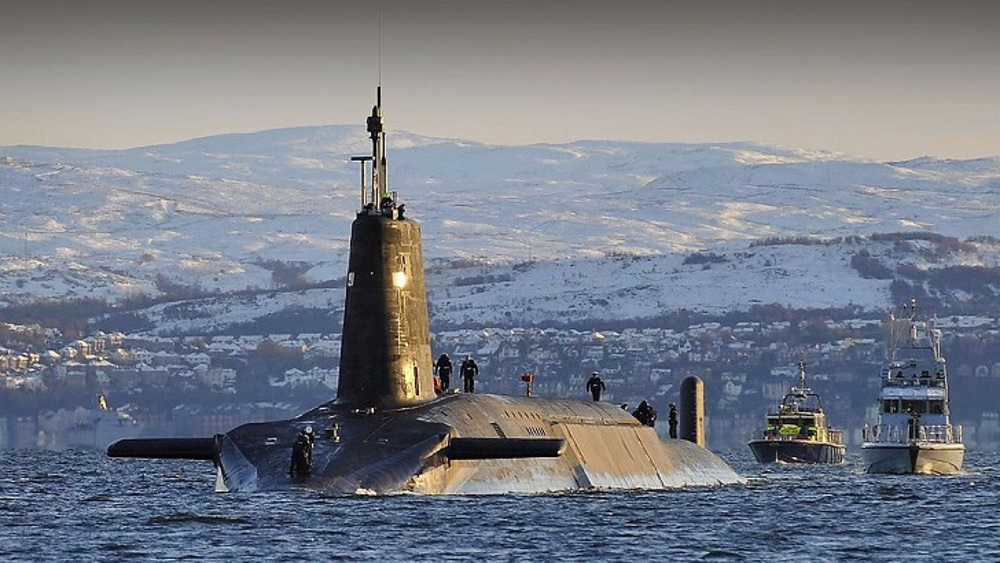
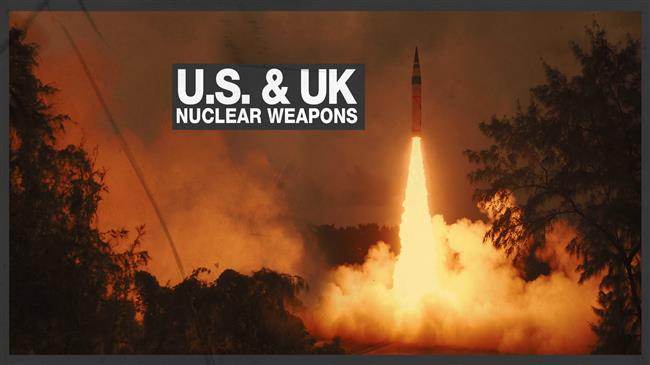
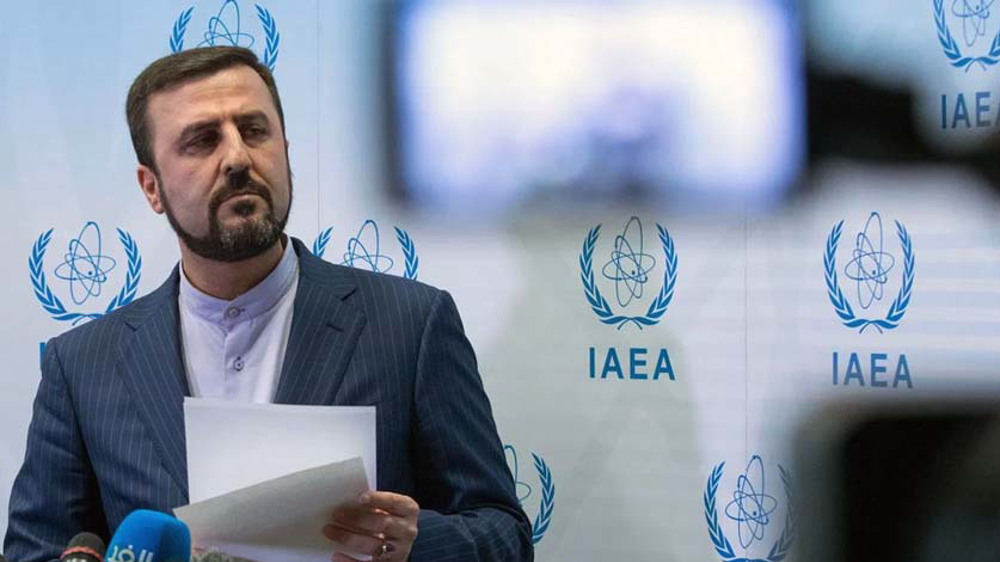
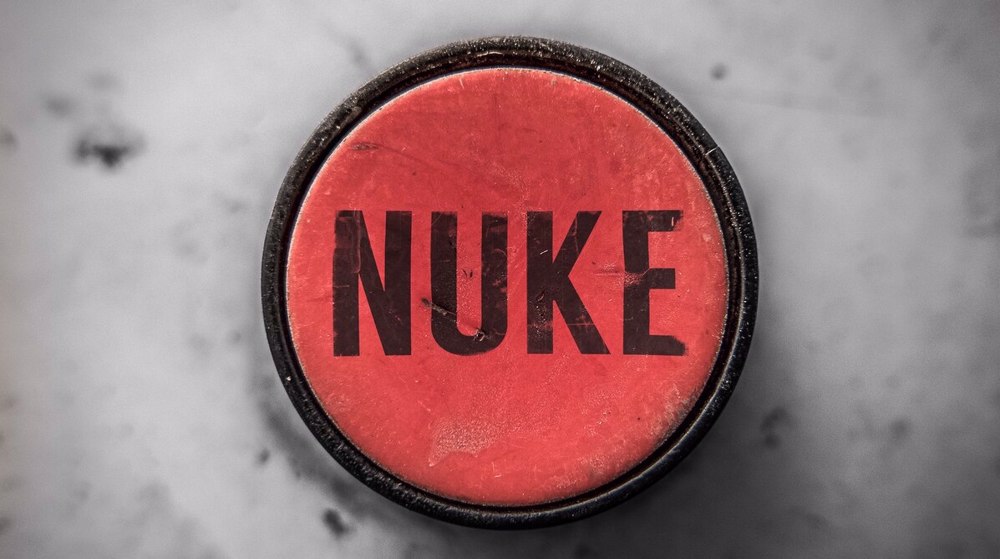
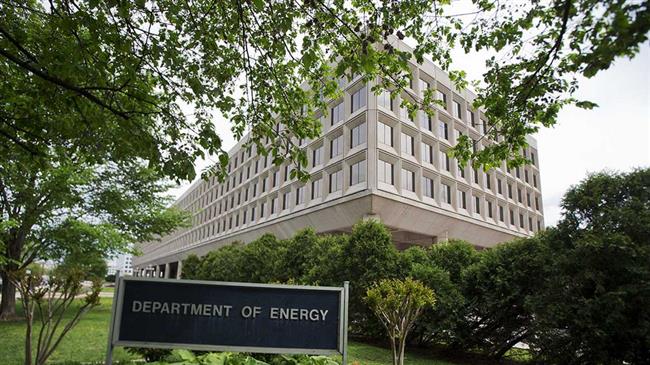
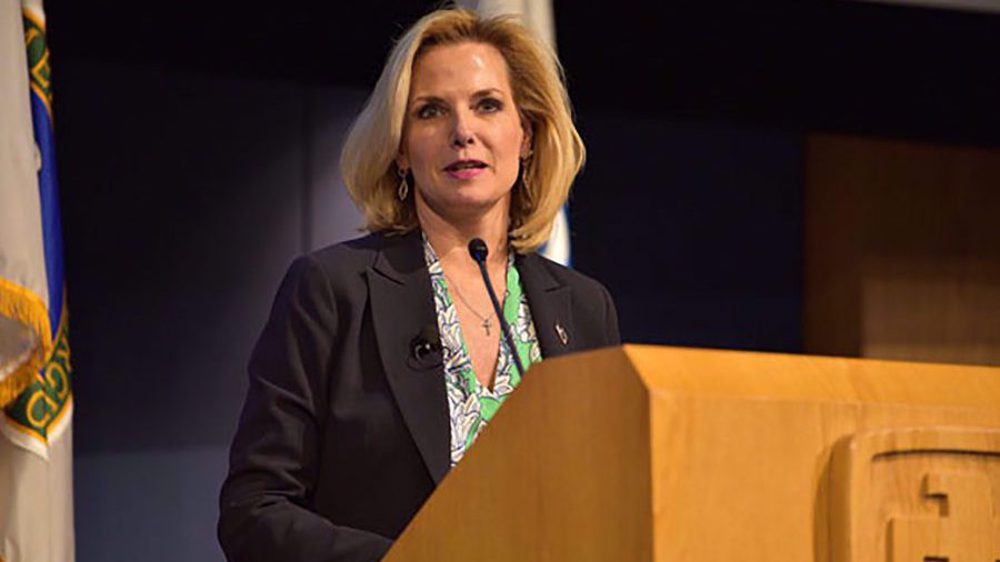

 This makes it easy to access the Press TV website
This makes it easy to access the Press TV website